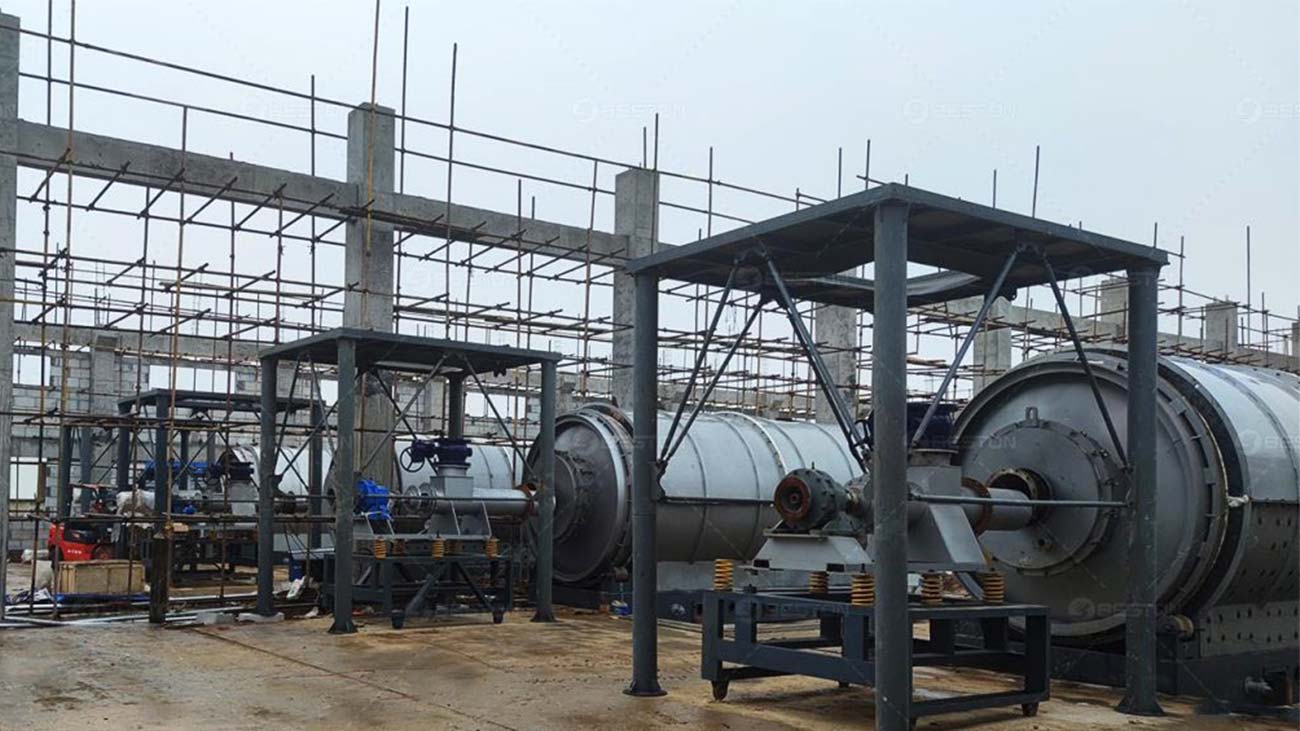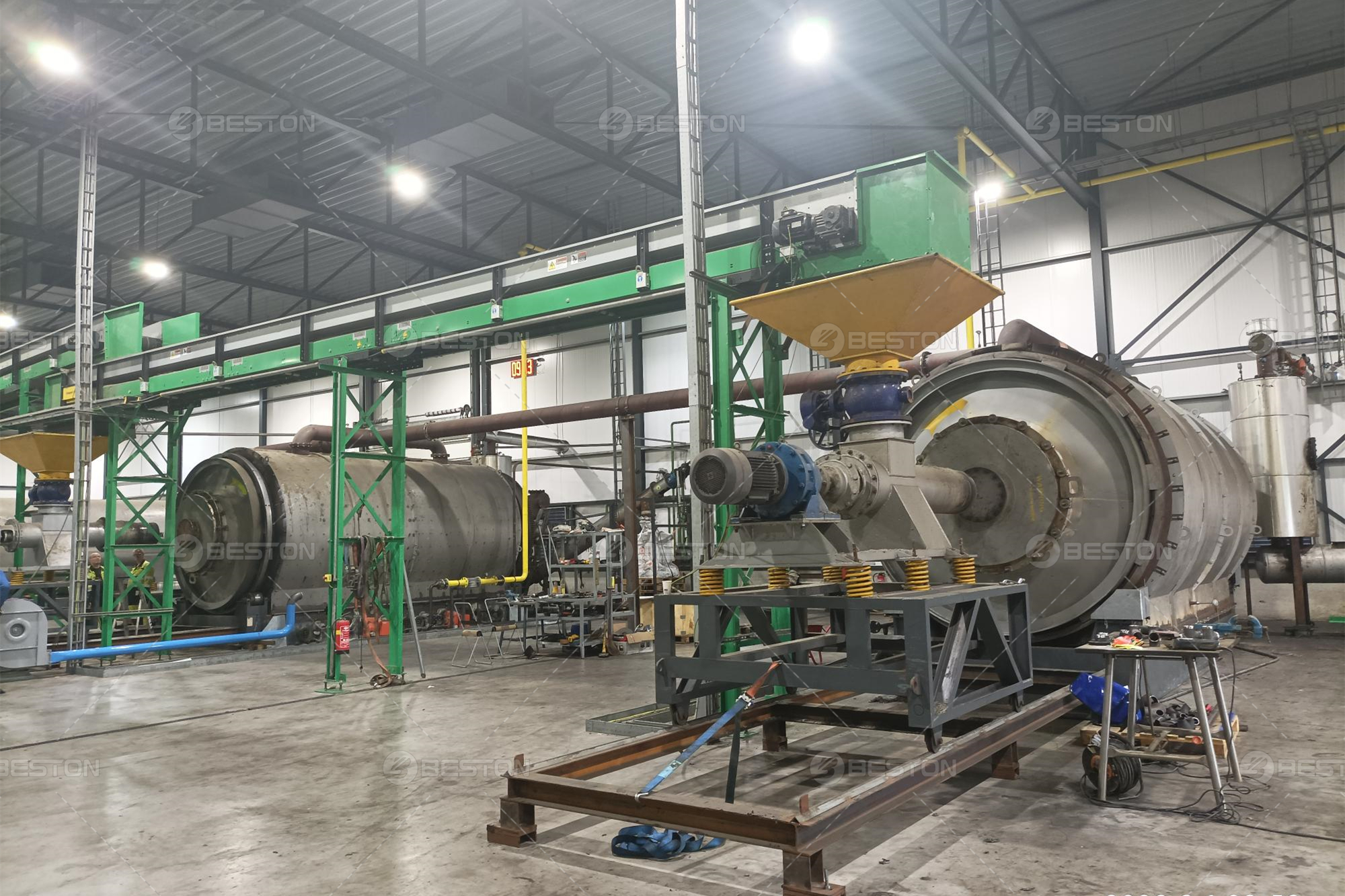The battle against carbon emissions has never been more critical. We will explore the innovative technology of plastic pyrolysis plants and how they offer a sustainable solution to tackle carbon emissions by recycling plastic waste. Let’s dive into the world of plastic pyrolysis and discover its potential to make our planet greener and cleaner. View this type of plastic pyrolysis plant. It will bring a surparise.

1: Plastic Pollution and Carbon Emissions
We’ll begin by examining the twin challenges of plastic pollution and carbon emissions. How are these issues interconnected, and what is their collective impact on the environment?
2: Understanding Plastic Pyrolysis
Before we can grasp the role of plastic pyrolysis plants in reducing carbon emissions, we need to understand the process itself. What happens during plastic pyrolysis, and how does it work?
3: Types of Plastic Pyrolysis Plants
Plastic pyrolysis plants come in various forms, and each has its own advantages and applications. We will explore batch, continuous, and fully automatic plastic pyrolysis systems, discussing their mechanisms and specific uses. Contact manuafacturers to see pyrolysis reactor types.

4: Carbon Emission Reduction through Plastic Pyrolysis
This chapter is dedicated to uncovering the direct and indirect ways in which plastic pyrolysis contributes to carbon emission reduction. We’ll delve into the chemistry, energy efficiency, and byproducts of the process.
5: Economic and Environmental Benefits of Plastic Pyrolysis
The advantages of plastic pyrolysis go beyond emission reduction. We’ll explore how these systems offer economic benefits, job opportunities, and environmental benefits like reducing landfill waste.
6: Integrating Plastic Pyrolysis into Waste Management
The success of plastic pyrolysis is closely linked to waste management strategies. This chapter discusses the integration of plastic pyrolysis into waste management systems and its implications for reducing carbon emissions.
7: Case Studies in Plastic Pyrolysis
Real-world examples are crucial to understanding the practical impact of plastic pyrolysis. We’ll present case studies of successful plastic pyrolysis projects and their effects on carbon emission reduction and environmental improvement. The pyrolysis plant video is for your reference here.
8: Challenges and Future Developments
While plastic pyrolysis holds great promise, it is not without its challenges. We’ll discuss the barriers, such as feedstock quality and regulatory hurdles, and how the industry is evolving to address these issues.
9: Policy and Regulatory Frameworks
Government policies play a vital role in promoting sustainable practices. We’ll explore existing policies and potential regulatory frameworks that can encourage the adoption of plastic pyrolysis technology.
10: The Future of Plastic Pyrolysis
In this concluding chapter, we will examine the future of plastic pyrolysis plants and their potential to become a cornerstone of the circular economy. How can this technology help us achieve a sustainable, low-carbon future?
Conclusion: A Cleaner, Greener Tomorrow
As we conclude this exploration of plastic pyrolysis and its role in reducing carbon emissions, it’s evident that this technology holds great promise. By harnessing the power of plastic pyrolysis plants, we can transition from a throwaway culture to a circular and sustainable economy. Together, we can work towards a cleaner, greener tomorrow where plastic waste is transformed into a valuable resource, and carbon emissions are significantly reduced.